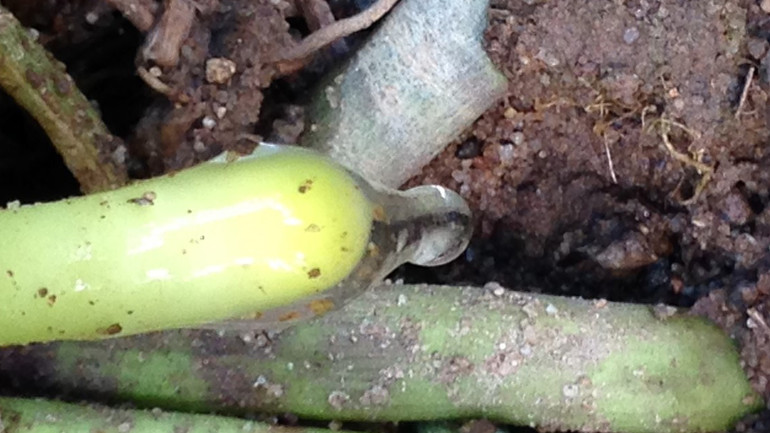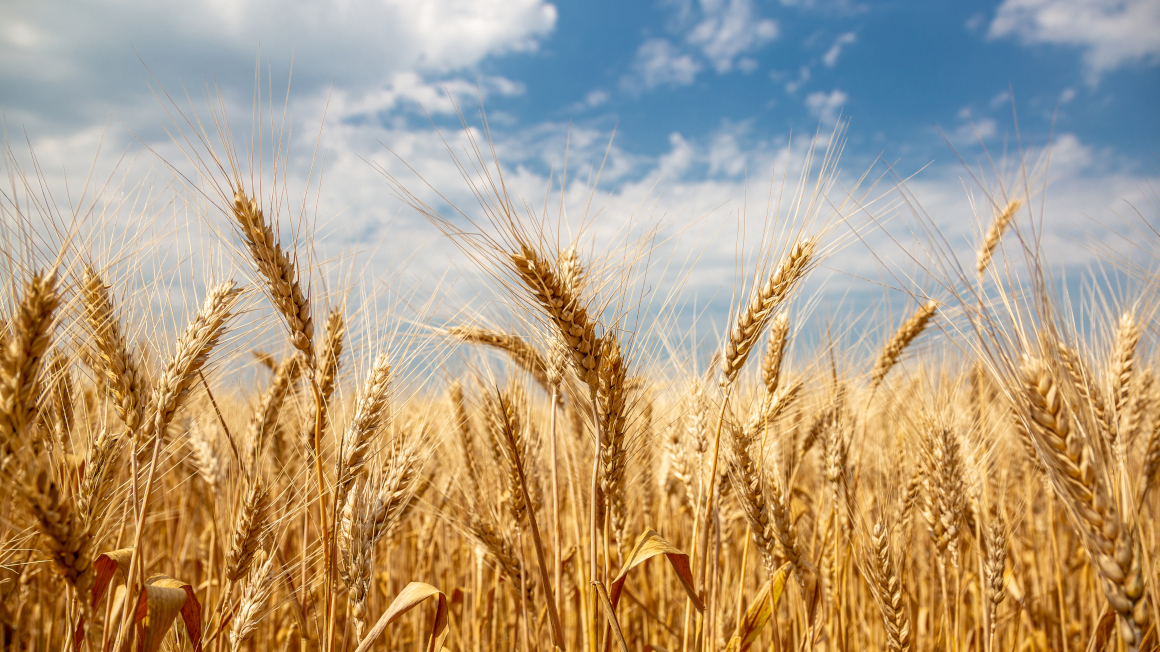
Whether wheat or corn, after two successive hot summers, farmers in many places are threatened with enormous crop failures this year due to persistent drought. Plants suffer from drought stress because the soil dries out and the root system is not supplied with sufficient water and nutrients. The challenges of climate change are therefore causing researchers to work hard to find promising scenarios for agriculture in the future.
In the joint project RhizoTraits led by the University of Bayreuth, scientists concentrate on the root-near region of a plant - the rhizosphere. In this area, which is directly influenced by the plant root, the researchers see the key to adapting plants to future climatic conditions and making them more resistant. The project is funded by the Federal Ministry of Education and Research (BMBF) over four years with around 2 million euros as part of the "National Research Strategy Bioeconomy 2030" via the funding measure "Plant roots and soil ecosystems - significance of the rhizosphere for the bioeconomy (Rhizo4Bio)".
Making plants more resistant
The focus of the project is the understanding of relevant biological, chemical and physical processes taking place in the rhizosphere. Here, the interaction of root, microorganisms and soil, which determines the nutrient and water uptake and thus the plants' tolerance to drought, is crucial. "In the project, we want to see whether there are properties in the rhizosphere that make the plants more resistant to climate change," explains project coordinator Johanna Pausch from the University of Bayreuth.
Hotspot for microbial activity and metabolic rate
Plants have developed their own strategies to reach water and nutrient sources and make them available for their own use. By means of long-growing roots, they tap the resources in the subsoil, form more root hairs and thus develop contact with the surrounding soil. And they enter into symbioses with fungi and bacteria, from which they are supplied with nutrients. "On the other hand, the roots also release carbon compounds into the rhizosphere. This makes the rhizosphere a hotspot for microbial activity and material turnover," says Pausch. But the plant activity also changes the area near the roots.
Release of Mucigel

Monitoring properties in the rooted area
Whether plants thrive in the field and have a high yield is decisively determined by the processes in the rhizosphere. The researchers are therefore focusing on properties that shape the space near the roots and promote plant growth. These include root exudates, i.e. organic substances that are released via the plant roots, such as carbon compounds, but also the formation of the soil structure and interaction with bacteria and fungi.
Old wheat varieties give hope
But what role do new plant varieties play in this process and to what extent have breeds influenced the plants' ability to adapt to their environment? "We assume that by breeding plants under nutrient-rich conditions, genes that could be important for the resistance of our crops have been lost. In general, breeding has focused more on yield than on the root. We therefore think that old varieties still contain traits that can be an important key to the drought resistance of plants," argues Pausch.
Studies on wheat, such as that of Golan in 2018, show that root formation has changed. "The authors show that the number of seed-born roots increased from three to five during the domestication of wheat because two additional roots were activated. Their formation is suppressed in wild wheat. After a drought, however, wild wheat can reactivate the suppressed roots and promote the rapid recovery of the plant," explains Pausch.
In the joint project RhizoTraits, the researchers therefore also want to examine older wheat and corn varieties that were cultivated in Bavaria until 1945 for their drought tolerance. "We want to find out whether older varieties, in comparison to modern varieties, have properties in the rhizosphere that can reduce yield losses under extreme climatic conditions", explains the agroecologist.
Observing root growth
In the course of a screening process, plant varieties are first selected. The selection takes place in the "Moving Fields" facility at the project partner, the Institute for Organic Farming, Soil and Resource Management of the Bavarian State Institute of Agriculture (LfL). In boxes, so-called microfields, 48 genotypes are grown, automatically watered and weighed daily to measure water losses. Root growth can be observed through a window along which the roots grow and is also recorded by cameras. In this way, parameters such as length, density and degree of branching of the roots can be determined.
Using the rhizosphere mantle, Pausch and her team will determine the formation of root hairs and excretions. The researchers will also focus on the soil structure in the rhizosphere and the microorganisms. "The great hope is that we will be able to classify properties that are important for the resistance of the plant," says Pausch.
Field tests at two locations in Bavaria
Researchers from the Technical University of Munich are responsible for investigating the soil structure in the rhizosphere. At the LfL, the root morphology and the above-ground aspects, i.e. the nutrient content of the plants and the yield, are primarily considered. In a field trial at two locations in Bavaria, the best varieties are finally subjected to a practical test.
Prediction model for agricultural systems
The findings from the project will be incorporated into a prediction model that researchers at the Karlsruhe Institute of Technology are developing. This model can be used to simulate crops with specific rhizosphere properties under different climate and nutrient conditions and thus show their yields for current and future climate scenarios. "The prediction model should show how resilient the agricultural system is under certain conditions," says Pausch. At the same time, it could also be the basis for breeding new plant varieties and managing cultivation specifically for certain regions.
Author: Beatrix Boldt


